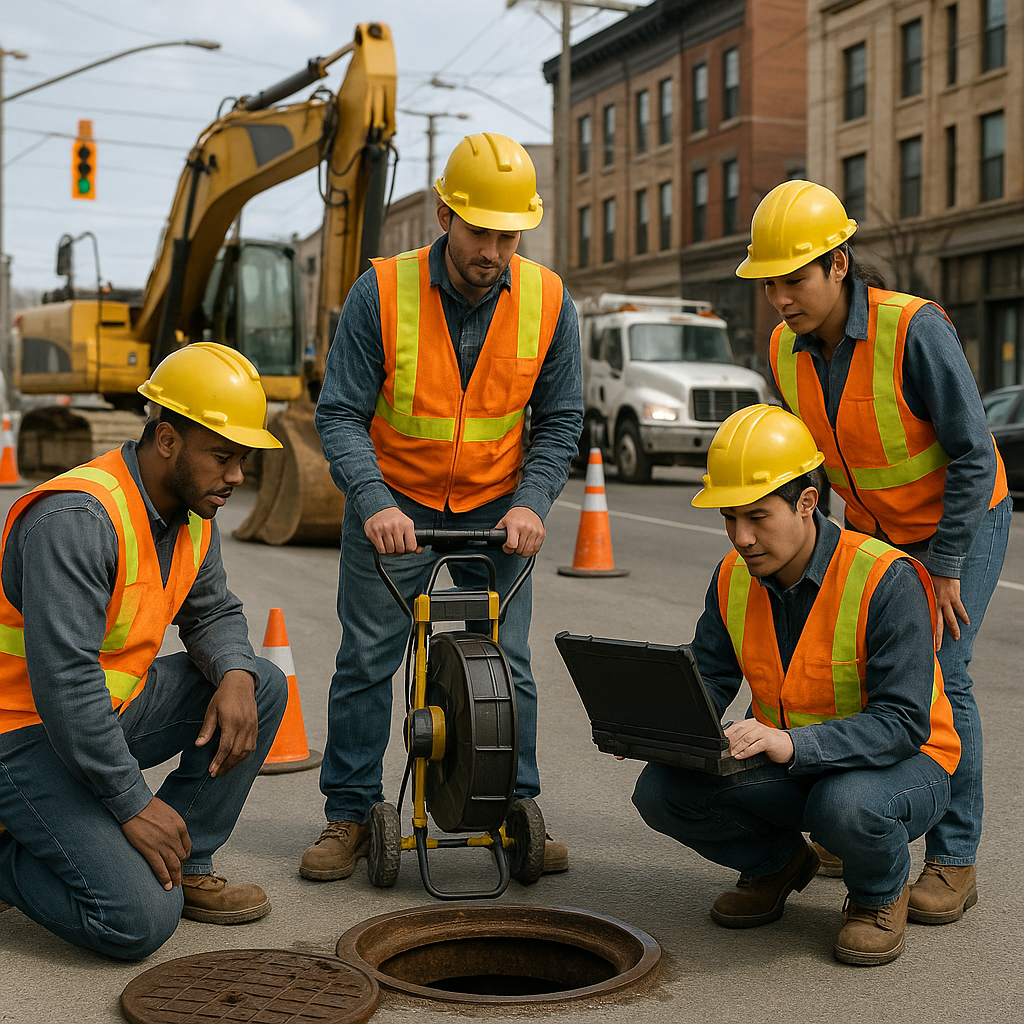Top Sewer Inspection Safety Protocols for 2023
Explore essential safety protocols in sewer inspection using advanced tech and sustainable practices. Learn how to enhance safety and efficiency.

Introduction
In the rapidly evolving field of sewer inspection, safety is paramount. With the advent of new technologies and a growing emphasis on sustainability, the industry is witnessing significant changes. This article delves into the latest safety protocols that sewer inspection professionals should adopt to ensure not only compliance with regulations but also the safety of personnel and the environment.
The Role of Technology in Enhancing Safety
Advanced Robotic Systems
The use of advanced robotic systems has revolutionized the sewer inspection industry. Equipped with high-resolution cameras, 3D mapping capabilities, and AI for defect detection, these robots can navigate hazardous environments with precision, significantly reducing the need for human intervention.
- High-resolution cameras: These devices capture detailed images, allowing for accurate identification of cracks, leaks, and other defects.
- AI and 3D mapping: These technologies enable detailed analysis of sewer conditions, providing data crucial for maintenance planning.
Wireless and Portable Systems
The introduction of lightweight, wireless systems has made it easier for inspectors to conduct thorough inspections in confined spaces. These systems are not only portable but also reduce the physical strain on workers.
Industry Regulations and Environmental Safety
Compliance with Environmental Regulations
Stringent environmental regulations necessitate regular inspections to prevent damage and ensure compliance. Adhering to these regulations not only protects the environment but also the company from potential legal issues.
- Regular inspections: Essential for compliance and early detection of potential environmental hazards.
- Sustainable practices: Focus on reducing carbon footprints through efficient inspection processes.
Best Practices in Sewer Inspection Safety
Reduced Human Intervention
The integration of AI and robotics in inspections minimizes human exposure to hazardous environments, enhancing overall safety. This approach not only protects personnel but also improves inspection accuracy.
Environmental Protection
Adopting environmentally friendly inspection methods helps to mitigate the risk of contamination during inspections. Practices such as using non-toxic materials and ensuring proper waste disposal are crucial.
Recent Developments and Market Trends
Market Growth
The sewer inspection market is experiencing robust growth, driven by urbanization and aging infrastructure. Companies are increasingly investing in advanced technologies to stay competitive.
Mergers and Acquisitions
There is a noticeable trend of larger companies acquiring smaller firms to expand their technological capabilities, reflecting the industry's direction towards more sophisticated inspection solutions.
Practical Tips for Sewer Inspection Safety
- Employ advanced technology: Utilize the latest robotic systems and high-resolution cameras for accurate and safe inspections.
- Regular training: Ensure all personnel are well-trained in using new technologies and adhering to safety protocols.
- Environmental considerations: Implement practices that minimize environmental impact, such as efficient waste management.
- Routine equipment checks: Regularly inspect and maintain equipment to prevent malfunctions and safety hazards.
Conclusion
With the continuous advancement in technology and a growing focus on sustainability, sewer inspection safety protocols are evolving. By staying informed and adopting these protocols, professionals in the field can enhance safety, efficiency, and compliance, ultimately leading to better service delivery and environmental protection.